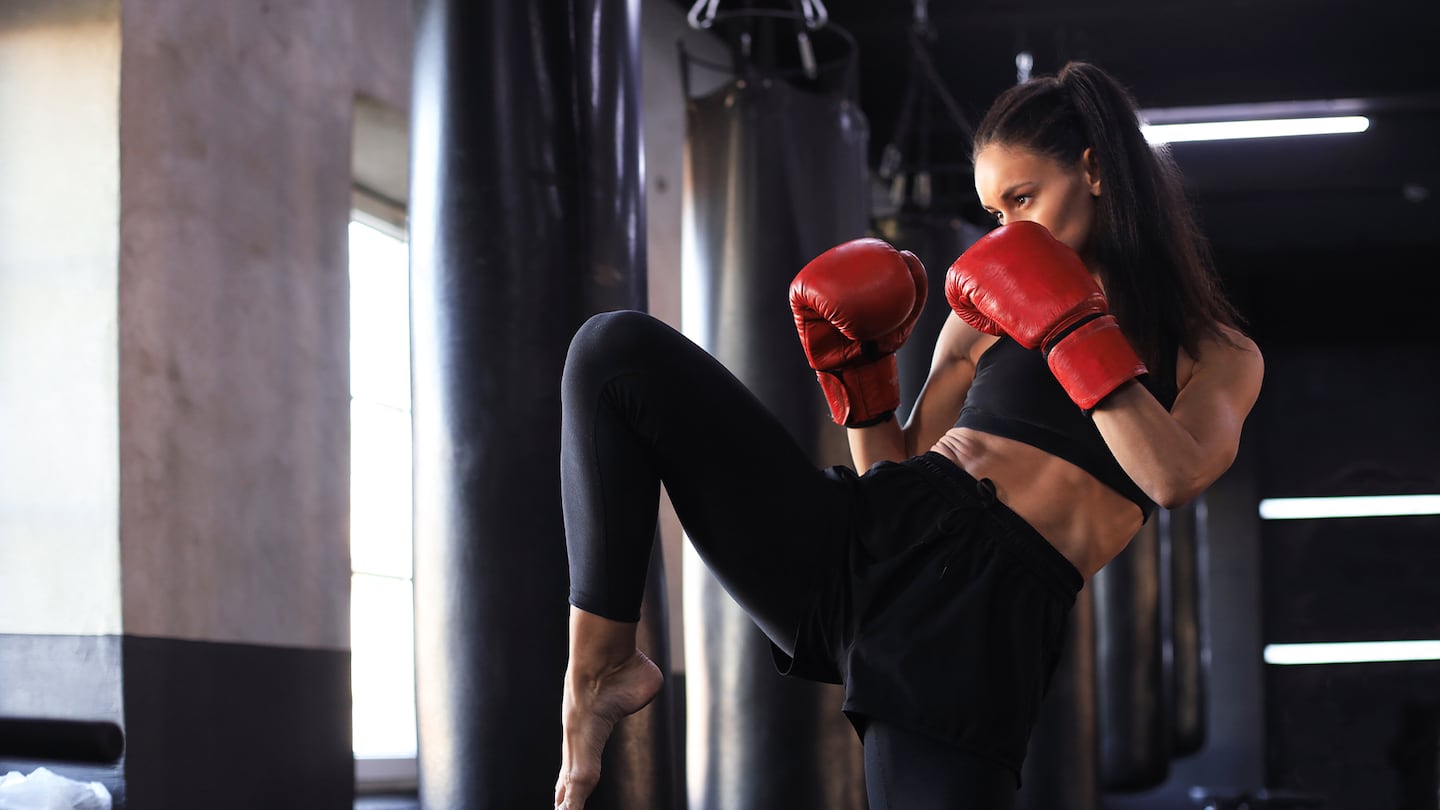
The Business of Fashion
Agenda-setting intelligence, analysis and advice for the global fashion community.

Agenda-setting intelligence, analysis and advice for the global fashion community.

More than 18 months into the pandemic, consumers still can’t get enough yoga pants, sneakers and tracksuits.
German sportswear giant Adidas said Thursday its sales soared more than 50 percent in the second quarter to €5.1 billion ($6 billion), outperforming forecasts and prompting the company to upgrade its outlook for the year. The company now expects sales to grow up to 20 percent this year and net income to reach between €1.4 billion and €1.5 billion.
It’s not the only company projecting a robust rebound after a challenging pandemic year for a sector that was certainly not immune to pandemic headwinds. Earlier this month, rival Under Armour said it expects to see earnings grow by a low-20s percentage rate, compared to a previous outlook in the high teens. Strong demand helped more than double revenue in its apparel division in the second quarter. Puma is projecting similar growth. Nike, the world’s biggest sportswear retailer, expects its sales this financial year to top $50 billion.
In the first half of the year, sales of sport footwear are up 23 percent compared to 2019, while activewear is up 28 percent, according to NPD.
ADVERTISEMENT
Meanwhile, new players are piling into the market. Levi Strauss & Co said Thursday it would acquire activewear brand Beyond Yoga for an undisclosed sum, forecasting the deal would add $100 million to its net revenue in its 2022 fiscal year. Earlier this week, Wolverine Worldwide, the Michigan-based owner of footwear brands including Wolverine, Hush Puppies and Keds, acquired fitness retailer Sweaty Betty in a $410 million deal.
LS&Co said Beyond Yoga has more than doubled its revenue while growing profitably over the last three years. Sweaty Betty’s revenue jumped 60 percent last year to $175 million and is expected to hit $250 million this year, according to Wolverine Worldwide. Online, countless brands hope to imitate the success of direct-to-consumer start-ups like Gymshark, which scored a $1 billion valuation last year.
To be sure, the relaxation of pandemic-induced restrictions in many parts of the world is expected to shift some consumer spending back toward dressier apparel. Other pandemic trends appear less resilient to the “new normal.” Companies like Netflix and Amazon, which saw revenue spike when people were stuck at home, are now seeing growth rates slow.
But the last year has accelerated and entrenched a broader trend toward casual wear that’s benefitting activewear players. Earlier this month, The New York Times called out Wall Street’s new casual dress code. Leggings in America’s most corporate offices might not yet be acceptable, but sneakers certainly are.
“Even if people are going back to work, they’re not leaving comfort,” said Simeon Siegel managing director at BMO Capital Markets. “The pie has stretched.”
Consumers’ ongoing love affair with stretch waistbands has also been supplemented by the return of major sporting events. While the Olympics may be a diminished affair this year, it’s still put sports front-and-centre in the cultural narrative.
And it’s not just the biggest players benefiting from the trend. Kim Kardashian West’s Skims scored a deal to outfit Team USA’s female athletes in underwear, loungewear and pyjamas and is probably one of the most successful examples of the new generation of direct-to-consumer brands operating in, and adjacent to, the activewear market. Athleta, owned by Gap Inc., has drawn two prominent Olympic athletes, gymnast Simone Biles and track star Allyson Felix, away from Nike.
For many companies, the biggest problem now is meeting booming demand amid supply chain disruptions and rising raw material costs. Adidas warned Thursday that supply chain constraints caused by the pandemic could cost it as much as €500 million in sales by the end of the year.
ADVERTISEMENT
“Demand is definitely not our issue at the moment,” Adidas CFO Harm Ohlmeyer told analysts. “If anything, we wish we had more stock.”
Investors are betting the market will remain robust. Nike shares are trading around an all-time high, as are those of Lululemon and Puma. Adidas’ shares dropped 6 percent Thursday amid jitters over supply chain disruptions and dampened sales in the all-important China market, but it too is trading near record levels.
Those who have also invested in their direct-to-consumer sales channels will be well positioned to benefit from two of the post-pandemic world’s biggest retail trends: increased casualisation and the rapid rise of e-commerce.
“Anyone who sells comfort coupled with tech capabilities … should see their future prospects grow,” Siegel said.
Related Articles:
The British musician will collaborate with the Swiss brand on a collection of training apparel, and will serve as the face of their first collection to be released in August.
Designer brands including Gucci and Anya Hindmarch have been left millions of pounds out of pocket and some customers will not get refunds after the online fashion site collapsed owing more than £210m last month.
Antitrust enforcers said Tapestry’s acquisition of Capri would raise prices on handbags and accessories in the affordable luxury sector, harming consumers.
As a push to maximise sales of its popular Samba model starts to weigh on its desirability, the German sportswear giant is betting on other retro sneaker styles to tap surging demand for the 1980s ‘Terrace’ look. But fashion cycles come and go, cautions Andrea Felsted.